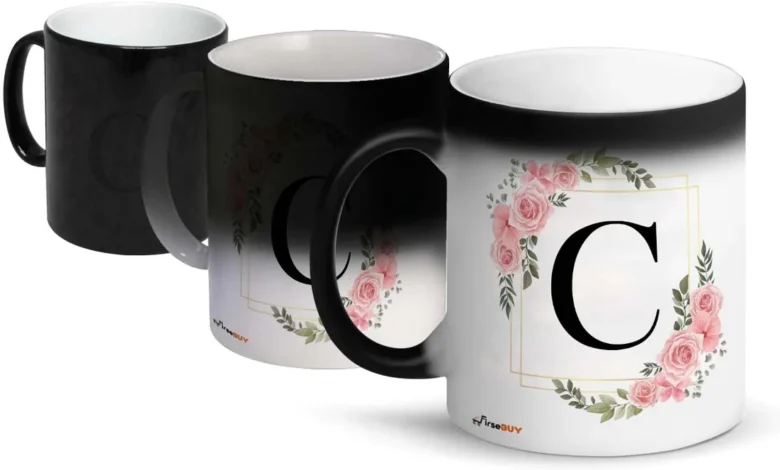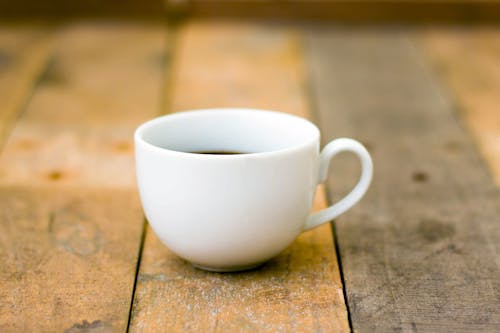Understanding the C Cup: Everything You Need to Know

C Cup There are times when sizes for bra and breast measurements can be confusing, especially when it comes to the letter cup size system. The most commonly talked about and worn size is the C cup. Either way, know that not only do bra suggestions make a difference, but if you’re in the process of shopping for bras, or just curious about how bra sizing works, then knowing what a C cup means and how it fits into the overall bra size chart can make a big difference. In this article, we break down to the details of the C cup, the variations, and how they fit with different body types.
What Does a C Cup Mean?
A C cup measurement in the bra sizing system is the difference between the band you wear around your chest (your ribcage) and your bust. The volume of the breasts is generally defined by the letter “C”. Before we dive into the nitty gritty, it’s important to keep in mind that cup size is always relative to the band size. For instance a 32C and a 36C breast volumes, while they come from the same letter, are different in actual volume.
The fullest part of your bust is used to measure up your cup sizes, but you subtract the measurement of your ribcage. The difference between two such movements in respect to a C cup is generally 3 inches. These measurements can however vary slightly from one manufacturer or country. Essentially, the C cup falls right in the middle of the spectrum for women’s bras and play back into our themes of how bras are marketed and how the bras available are sized.
A C cup is a medium sized fullness without being too big, which is one of the most common cup sizes. For most part, this is a size of a bra that many women with this size find relatively easy to shop for, as there are many bra available from stores including online. However, remember that being a C cup doesn’t mean the fit cycles through all brands, it can still differ.
Variations of the C Cup

The C cup, you’re thinking, easy enough, but it’s not one size fits all. Then, as mentioned above, cup size changes according to the band — a 34C isn’t going to be the same as a 38C, even though they both have the same ‘C’ designation. This leads us onto the idea of sister sizes.
1. Sister Sizes and How They Work
Bra sizes with the same cup volume, but different band sizes are referred to as sister sizes. Take the band size out of the equation and you have 34C, 36B and 32D and you would all say they are sister sizes as the cup volume is nearly the same, just the band size varies. This is important to know because sometimes a woman has to move to a sister size for better comfort or fit.
Say you’re typically a 34C and the band is too tight, try a 36B, same cup capacity but band is less tight. In a 34C you can instead try a 32D for the same cup size but a tighter fit around the chest (if the band is too loose). This is something you need to understand if you want bra shopping to be less stressful and have more options to choose from when finding the perfect fit.
2. The C Cup and Band Size
Amongst all C cups one mistake people often make is treating them all the same shapes and sizes and that the bigger the band is, the bigger the cup is. In reality, the volume of a C cup will vary with the band size it matches. The body shape of a woman wearing a 30C will be slightly smaller than someone wearing a 38C but both are wearing a C cup.
For that reason, two women, with two C cups, can appear to have two different sizes of breasts visually. The band size makes all the difference on how the cup will fit and how it will look on your body. The smart thing to do is to know your measurements and how the band and cup work together when you’re trying to choose a bra.
How to choose the Right Bra for a C Cup
For someone with C cup bra needs, shopping for bras can at times feel a bit overwhelming with all there is to choose from. Not all styles suit every woman, even if it’s a full coverage or even a balconette bra. But there are things you can do to make sure you find the right fit for your shape and comfort too.
1. Focus on the Band Fit
For the right fit, you need the right band fit, but the cup size is relative to the band. Your ribcage should fit comfortably under a bra and you should not feel restricted. It should fit comfortably, between the band and your body you should be able to fit two fingers. If the band is riding up in the back, you might be too loose and should go down a band size (probably increasing a cup size to compensate).
It’s a bunch of support work in a bra, so the less you strap, the less support you have, and your shoulders and straps are going to bear most of the weight. The discomfort that can occur for women with a fuller bust, this. A properly fitting band is also important for a C cup because the breasts are adequately supported without causing back or shoulder strain.
2. Choosing the Right Cup Style
With the C cup you have more flexibility and freedom with choosing bra styles. For most C cup wearers, it’s a matter of the look and the level of support you choose. If you like more coverage, then full coverage bras are a great option if you want more support, and they are a perfect everyday wear.
If you want something a little more lifted, you’ll find that people tend to like balconette or plunge bras. Less coverage, but these styles share the appearance of a fuller bust, which might be just what you want for a special occasion or clothing with a little extra bump needed. A plunge bra could suit you because if you like to wear lower cut tops, it will mould your shape without revealing too much.
3. Bra Padding and Lining Explained.
As for padding, you pick the level based on your own preference. Lightly padded bras provide smooth seamless look under clothing and less volume. If, however, you are into a little more fullness or shape to your titty, then you may want a bra that’s got moderate padding.
The lined bras, rather than the padded ones, does provide structure, but without the added bulk, making them a staple for women who want to look natural, but need enough support. Lined bras provide the balance of support and natural contouring that many C cup wearers desire from day to day wear.
Common Myths About the C Cup
The reality is that there are many misconceptions on what size cup really implies, like the ones of a C cup. I’ll tackle some of the most common myths that sometimes muddy things up.
1. “A C Cup Is Always Big”
The biggest myth is that a C cup is always large. We mentioned earlier that a C cup on a small band size, for example, 32C looks much different from one on a larger band size, such as 40C. The bandsize can vary as much as to the actual size of the breasts and so a C cup can show up quite small or quite full with a woman.
2. “Everyone Has a C Cup, They All Fit the Same Way”
A C cup is supposed to fit all women the same. In reality, fit of a bra depends not just on what size you wear, but also on your breast shape, ribcage size and overall body composition. And some women may have to try different styles or sister sizes to find the right fit for their body.
3. “To Mound » C Cup Wearers Dont Need Extra Support”
C cup breasts aren’t huge, but they do need some support. Whether you are a A cup or a D cup, you need well fitting bras with comfortable bands and supportive straps. If you’re a C cup, you’re going to want to invest in bras that are going to support you and do it right – for instance, at the gym or all day long.
Conclusion
Understanding the C cup and how it fits into the world of bra sizing is important for finding the right fit and maximizing comfort. Knowing that cup sizes are relative to band sizes can help you avoid confusion when shopping, and being aware of your sister sizes gives you more options when choosing bras. Whether you’re looking for more support, better shape, or simply a comfortable fit for everyday wear, there are plenty of options for women with C cup sizes.
Next time you’re shopping for bras or trying to understand your size, remember that the C cup can vary depending on factors like the band size and style of the bra. By considering these elements and focusing on comfort and fit, you’ll be well on your way to finding the perfect bra for your unique body.





